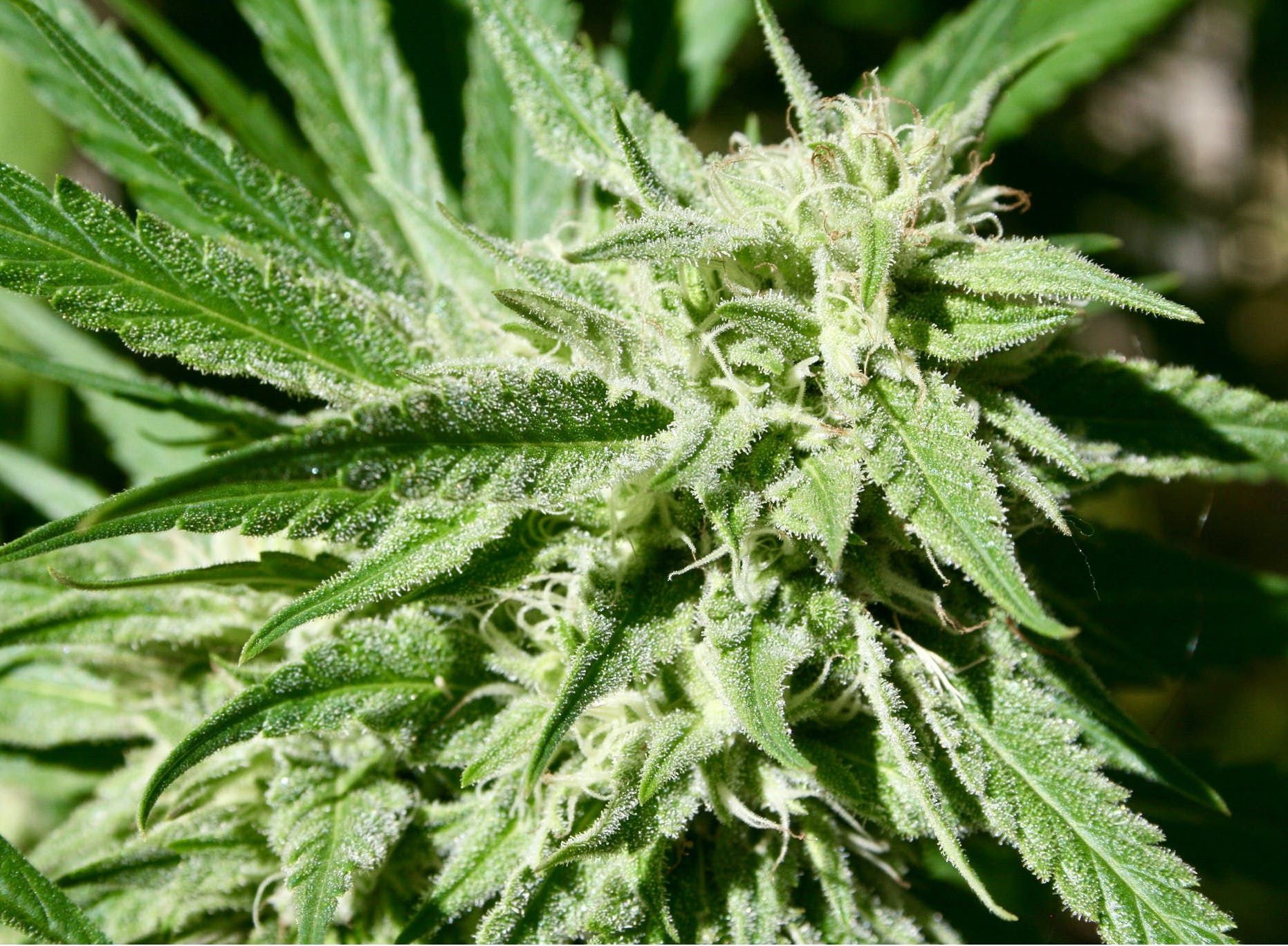In the last installment of our series for cannabis newcomers, we went over cannabis strains and why they’re important. Different types of cannabis can have different tastes, smells and, most importantly, different effects. Depending on the individual, some strains may bring on one effect—relaxation, for example—while others can trigger the opposite, and sometimes negative, effect. You may be wondering what’s going on with these different cannabis strains, and why there’s so much variety.
FOLLOW US ON FACEBOOK & INSTAGRAM
As it turns out, the differences among marijuana strains can be largely understood based on the differences in those strains’ chemical components. We now turn our focus on the chemical compounds that create these unique features. In this and upcoming articles, we’ll dive into the many different compounds found in the cannabis plant, and what to expect from each.
The Basics of Cannabinoids
While cannabis contains many active components, cannabinoids are especially important to understand as they’re the compounds that are unique to the marijuana plant. While humans have understood cannabis’s therapeutic powers for thousands of years, we only began to learn about cannabinoids when the first known cannabinoid, cannabinol (CBN), was discovered in 1896.
In the following decades, scientists also discovered cannabidiol (CBD), tetrahydrocannabinol (THC) and numerous other cannabinoids in this versatile plant. While there are currently more than 60 known cannabinoids, only a few are regularly mentioned or tested for. The most popular cannabinoids, usually those that are found in larger quantities in the plant, are cannabinoids such as:
- THC
- CBD
- CBN
- Tetrahydrocannabinolic acid (THCA)
- Tetrahydrocannabivarin (THCV)
- Cannabigerol (CBG)
These cannabinoids can have very different effects, thus contributing to the large amount of diversity found in cannabis strains. That’s why it’s important to learn about each so you know what to expect when trying different strains. In the next few articles, we’ll get into the nitty gritty, explaining the uses, side effects and interactions for each of these cannabinoids.
RELATED: CANNABINOIDS: CHEMICAL COMPOUNDS WITH HUGE THERAPEUTIC POTENTIAL
The Endocannabinoid System Helps Keep the Body in Balance
Scientists also discovered the endocannabinoid system (ECS). This system is made up of CB1 and CB2 receptors, which can be found throughout the human body and interact directly with cannabinoids. As it turns out, our body naturally produces its own endocannabinoids, which are very similar to the phytocannabinoids produced by the cannabis plant.
This natural system of receptors and endocannabinoids plays a crucial role in maintaining homeostasis, which is your body’s natural mechanism for maintaining internal balance.
This affects aspects of your health like:
- heart rate
- blood pressure
- body temperature
- the immune system
- sleep cycles
- appetite
- thirst
When your body’s homeostasis is disrupted, a number of problems can arise—from arthritis and depression to diabetes and Crohn’s disease. Fortunately, cannabinoids can affect our system much like our own natural endocannabinoids can. When endocannabinoids fail to do their job, patients can use phytocannabinoids to fill in these gaps, bringing the body’s various systems back into balance.
Terpenes—Responsible for Cannabis’s Taste, Smell & More
Cannabinoids aren’t the only chemical compounds present in cannabis. The plant also contains a large variety of terpenes, the chemicals responsible for the taste and smell of cannabis. Unlike cannabinoids, terpenes aren’t unique to cannabis, but are found in many other plants as well. This is why cannabis can smell so similar to many other plants.
When you smell cannabis and think it smells like pine, for example, it’s not just a similarity in smell. Cannabis with a piney scent, contains pinene, which also gives pine needles their scent. Many different terpenes may be present in a given marijuana strain.
Terpenes not only affect the smell and flavor of cannabis, they also produce their own therapeutic effects. With over 100 identified terpenes in cannabis strains, we’ve only scratched the surface on what all of them can do. At this point, only a few terpenes—those found in larger quantities—are frequently discussed or tested for. They include:
- Beta-caryophyllene
- Linalool
- Pinene
- Limonene
- Myrcene
- Humulene
RELATED: WHAT ARE TERPENES AND WHAT IS THEIR EFFECT?
Understanding the Entourage Effect
While many folks like to focus on individual cannabinoids or terpenes, the truth is that these chemicals interact with each other in many different ways. More than understanding what each chemical does on its own, it’s also important to understand key ways in which these chemicals interact with each other.
THC, for example, is often considered the crucial element when dosing cannabis. Some even isolate THC when preparing cannabis products or doing research on cannabis. While there are therapeutic applications for THC in isolation, research has shown that THC’s effects can be greatly altered depending on whether other cannabinoids and terpenes are present.
Having other compounds working in concert with THC may make it even more effective, or possibly less effective, depending on what you’re trying to accomplish. Many of cannabis’s most helpful effects come from the combination of these components rather than just dosing with a single compound. The combination of chemical compounds is called the entourage effect, and its many different combinations can be hard to track.
Take, for example, the terpene called myrcene. While THC is usually quite energetic in its effects, when mixed with myrcene, THC takes on a sedative effect instead. If THCV is present, however, this doesn’t happen, and even with myrcene in the mix, the THC will maintain its energetic nature. With so many chemical components available, there seems to be an almost infinite number of combinations to consider.
Each strain—and sometimes each individual instantiation of a strain—has its own chemical profile or chemotype. You can have cannabis tested to find out about its chemical composition. Some dispensaries or growers have their cannabis analyzed for chemical composition already and can tell you how much of each measured chemical is in the strain. Still, this is by no means a complete analysis. It won’t always tell you everything about how the cannabis will affect you, even when you understand the research behind each chemical.
Finding the Right Cannabinoids & Terpenes for You
Despite the intricacies involved in the entourage effect, learning about the chemical constituents in cannabis that correlate with your needs can get you pointed in the right direction—and help you tailor your cannabis use appropriately. If you’re looking for appetite suppressants, for example, strains high in THCV are a good place to start. If you have epilepsy, you might look for high CBD strains as research has shown them to be helpful for seizures.
In the next few installments of our Cannabis for Newbies series, we’ll delve deeper into the topic of cannabinoids, looking at each of the popular cannabinoids’ uses and side effects. We’ll start by learning about THC, arguably the most well-known cannabinoid.
Photo credit: Brian Shamblen
Need a medical marijuana recommendation? Consult with one of HelloMD’s knowledgeable doctors; it’s easy, private and 100% online.






